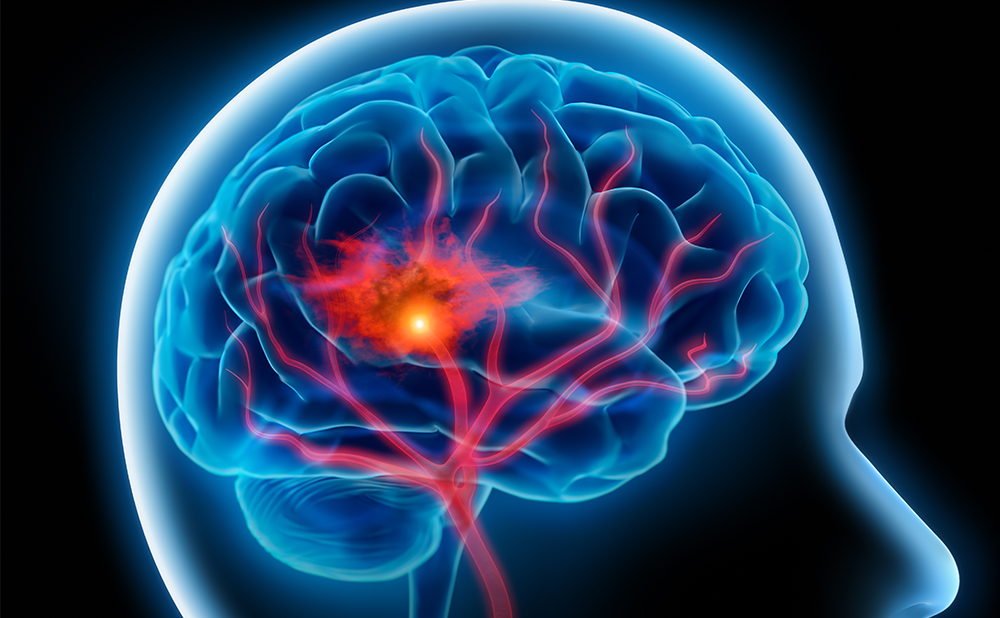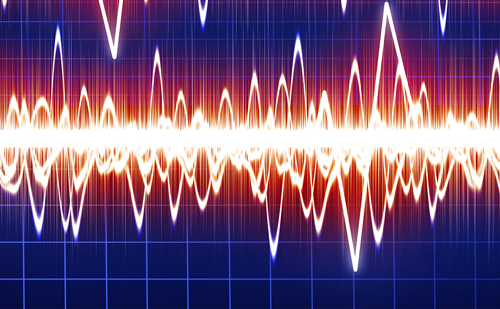Lumbar spinal stenosis, by definition, means narrowing of the lumbar spinal canal. It is seen in a congenital form, especially in chondrodystrophic dwarfs, but more than 95% of the cases are acquired and are of degenerative origin. In the congenital form, the pedicles are short, causing reduction of the anteroposterior diameter of the spinal canal. In the acquired form, the cause of stenosis is facet joint osteophytes, ligamentous hypertrophy and disc protrusion. Subjects with congenital asymptomatic stenosis are more prone to developing symptoms when degenerative changes occur.
Lumbar spinal stenosis, by definition, means narrowing of the lumbar spinal canal. It is seen in a congenital form, especially in chondrodystrophic dwarfs, but more than 95% of the cases are acquired and are of degenerative origin. In the congenital form, the pedicles are short, causing reduction of the anteroposterior diameter of the spinal canal. In the acquired form, the cause of stenosis is facet joint osteophytes, ligamentous hypertrophy and disc protrusion. Subjects with congenital asymptomatic stenosis are more prone to developing symptoms when degenerative changes occur.
The classical symptoms are those of pseudoclaudication, i.e. on walking, the patient experiences increasing pain, parasthesiae, weakness and sensory affliction in one or usually both legs, forcing him/her to stop. Typically, the walking distance in severe cases is only five to 10 metres, and the symptoms are usually relieved on flexing the spine. Most patients with lumbar spinal stenosis prefer using their bicycle to walking, for the same reason. The pathogenic explanation for this symptomatology is that, when walking, the spine is extended and, in this position, the spinal canal area is the least. On flexion, the square area of the spinal canal increases up to 50%. What happens in the patient with spinal stenosis on walking is that epidural venous stasis occurs, eliciting the symptoms to the legs. On flexion, the vascularisation around the nerve roots and cauda equina normalises and the symptoms subside. After this, the patient can resume walking the same distance again, thus the similarity to vascular claudication, which is caused by insufficient arterial blood supply to the leg/s.
The symptoms are therefore mainly a functional disturbance and usually occur after the age of 60 years. Due to the mechanical presentation of symptoms, analgesics usually are not very helpful, but, in some cases, low back pain due to the degeneration may be pronounced. At times, patients with spinal stenosis display low back pain only or sciatica, nerve root pain. Lumbar spinal stenosis, which is most common at the L4–L5 level, is often frequently accompanied by or elicited by a degenerative spondylolisthesis, the slipping forward of one vertebra in relation to neighbour vertebra below, at this level.
Diagnostics
The clinical signs and symptoms when presented as pseudoclaudication give no doubt regarding the cause of the disease, but, in some patients, unilateral symptoms may be present and the position dependency is not always as obvious. Hyperextension of the spine usually elicits pain radiating to the legs, and motor and sensory impairment of nerve roots supplying the leg may be present.
Plain radiographs may show facet joint arthrosis, disc degeneration and short pedicles that may indicate but never prove the presence of spinal stenosis. The diagnostic modality of choice is magnetic resonance imaging (MRI) or computed tomography (CT) scanning. Studies on diagnostics of spinal stenosis have shown that the best correlation between radiographic findings and clinical symptoms is the area of the dural sac at the narrow level. Absolute spinal stenosis is present, by definition, if the dural sac area is less than 70–80mm2 and relative spinal stenosis at 90–100mm2. However, there is not a straightforward relationship between the dural sac area and the degree of symptoms. There may be different susceptibility to stenosis changes in different people, and the rate of onset might be of significance for the development of symptoms. Stenosis of individual nerve root canals can also be present and, in the typical case, are unquestionable, but no measurement values with precision exist concerning the size of the root canals.
In dynamic investigations such as myelography in flexion and extension, MRI in flexion and extension or MRI with and without axial loading, the obvious encroachment on the spinal canal area by extension of the spine is demonstrated readily.
Surgical Treatment
Successful decompression of lumbar spinal stenosis was described 50 years ago in 1954 by Verbiest, a neurosurgeon from the Netherlands. The procedure included removal of the lamina, removal of ligamentous structures and parts and sometimes all of one or two facet joints. Good preliminary results were presented and an enthusiasm to treat this formerly untreatable patient category evolved. Removal of a significant part of the facet joints creates a risk for instability in the post-operative course that prompted an interest in performing a fusion of the decompressed level simultaneously. The fusion, which includes instrumental or non-instrumental stabilisation, makes the surgical procedure significantly more involved, and operation time as well as complication risks increase. The Swedish National Lumbar Spine Registry noted that decompressive surgery is afflicted with a 5% complication risk as compared with a 12% complication risk when instrumentation is performed simultaneously. Complications therefore may be anticipated and mainly consist of deep infection, nerve root and cauda equina injury and dural laceration, in addition to general complications. A mortality rate of three per 1,000 operations has been deducted.
During the last 10–15 years, prospective outcome studies regarding decompressive surgery for lumbar spinal stenosis have emerged. At two years postoperatively, the amount of satisfied patients is in the range of 75% and, at five years post-operatively, this figure decreases to between 50% and 60%. This is not surprising as the disease has a degenerative basis and the degenerative process continues throughout life. A second operation has somewhat less chance of achieving pain relief.
Thus, an interest in less invasive procedures is logical and has been witnessed recently.
New Operation Techniques
Microscopic decompression/fenestration are attempts to decrease surgical morbidity but still achieve neural decompression. Using microscopic assistance, good results have been presented and improved surgical precision is obtained. To use multiple fenestrations instead of standard decompression means that, instead of removing lamina, multiple openings through the ligamentum flavum are created, through which decompression of the cauda equina and individual nerve roots can be performed. This means retainment of spinal processes and lamina and a lower amount of bone resection, which, at least in theory, would maintain stability better post-operatively. The procedure is more demanding technically and the risk for incomplete decompression has to be taken into consideration.
Two very recent developments, the X-Stop and the Wallis implant, are designed for extra-canalicular treatment of spinal stenosis. The basic idea of the implants is to prevent extension of the stenotic segment/segments and to keep it in slight flexion. This creates an increased area of the spinal canal and mimics the posture obtained by the patients when symptoms are elicited. The implants are inserted between the spinous processes of one or more stenotic levels, creating some distraction post-eriorly and thus preventing extension and creating slight flexion over the segment. The X-Stop procedure today has some scientific documentation of its efficiency. Two significant advantages exist provided that the results prove satisfactory:
• The procedure is performed under local anaesthesia. This is especially important as many of the patients with spinal stenosis are elderly and have co-morbid problems.
• The procedure is performed without intrusion into the spinal canal, which makes the risks for nerve injury or cauda equina injury negligible. If a conventional decompressive procedure has to be carried out later, this can be performed without the risks associated with re-operations as the spinal canal has not been opened.
The X-Stop is a titanium implant that is inserted with a patient placed in the lateral position and the lumbar spine in flexion. The desired position of the implant is anteriorly through the inter-spinous ligament. The operation can be performed as an outpatient procedure or with a one-day hospital stay. Preliminary results from a US Food and Drug Administration (FDA) study demonstrate the effect to be superior to treating spinal stenosis with epidural steroids, and a prospective randomised study comparing the X-Stop procedure with conventional decompressive surgery has been initiated in Sweden. Preliminary results seem encouraging.
Conclusion
Lumbar spinal stenosis, narrowing of the lumbar spinal canal, is mainly a disease of the elderly, and the most frequent symptoms are those of pseudoclaudication, leg pain and weakness on walking. Surgical treatment is usually rewarding but not without complications, and results seem to deteriorate with time as the degenerative process continues. Improved surgical techniques are described, and indirect widening of the spinal canal using extra spinal implants between the spinous processes may prove to be a help in the future. ■














